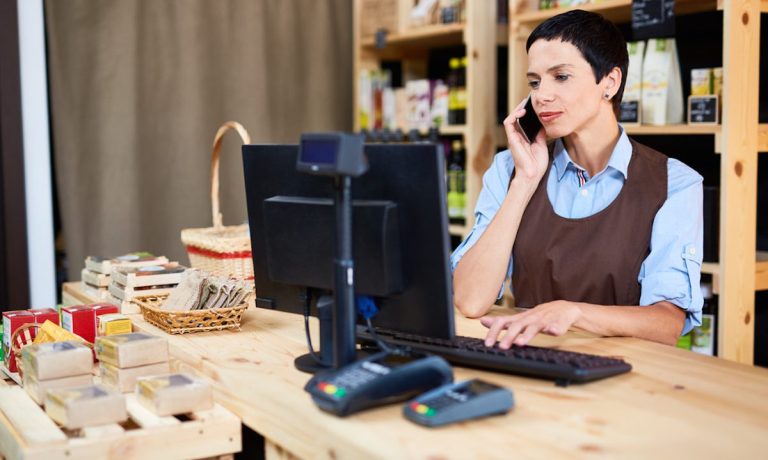
B2B buyers are bringing some of the habits they’ve picked up as consumers into their work life too, particularly when it comes to shopping and purchasing items online. Just as they now turn to digital channels first and foremost to make convenient routine purchases as consumers, they want to approach processes and payments the same way when they are employees.
In fact, 67% of B2B buyers report having switched to purchasing from vendors that offer a “more consumer-like” experience, according to the “Optimizing B2B Payments Report,” a PYMNTS and American Express collaboration. This share is even higher among millennials, 74% of whom stated they had swapped vendors because the new company offered B2B experiences that are more similar to consumer payments.
See the study: Optimizing SMB Payments
The draw of consumer-like payments experiences for many companies appears to be the overall speed, convenience and personalization they grant shoppers. More B2B buyers are expecting to be able to browse through vendors’ products online without fuss, checking product reviews and other details before completing transactions.
Viewing Digital Payments as Necessary
Many companies are now utilizing multiple sales channels to maintain their business relationships and conduct B2B payments, with digital sales becoming increasingly popular. Fifty-four percent of U.S. companies now place B2B orders via self-service websites, and 22% now do so through an online marketplace.
Already, many businesses view digital payments as necessary for their continued survival. The pandemic has pushed many entities to move much of their B2B processes online, with B2B eCommerce growing 200% faster than B2C eCommerce in 2020 as businesses abandoned paper processes in favor of less cumbersome digital solutions.
Companies have been moving steadily to nudge their B2B payment and sales processes to be more in line with B2C experiences for several years, but some are still facing challenges in doing so. Implementing automation, flexible payment tools and other key technologies into these processes is one way these firms may be able to cross that B2C-to-B2B gap.
Integrating Automation and Accepting Credit Cards
Smaller businesses in particular are still having difficulties collecting payments as they adjust their processes to digital channels. One way to address this issue is by integrating automation into payments processes in a way that allows collections to be managed instantly. PYMNTS found that firms with a high degree of automation integrated into their AR processes take far less time to follow up on late payments than those with no automation in these processes.
B2B firms of all stripes are also beginning to comprehend the importance of accepting credit card payments, which can help them flexibly adjust to the payment challenges they have recently encountered. Some B2B businesses have held out on accepting credit cards in an attempt to avoid the modest fees they charge, but many are beginning to change their tune, because doing so could cost them sales in the era of eCommerce. Credit card acceptance can allow buyers to access one of their preferred payment methods as well as help their businesses expand. Sellers, on the other hand, get a better handle on their cash flows by gaining faster access to their payments.
Cutting down on payments timeframes can help inch small buyers’ B2B experiences closer to the B2C-like interactions many now expect, allowing them to better compete. Failure to do so raises the potential for these companies to fall far behind other entities, especially as digital becomes the norm not only for consumer transactions, but also for all types of commerce.